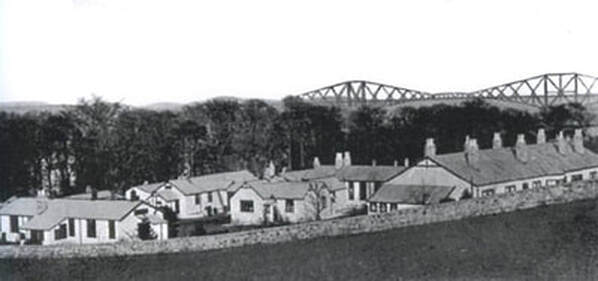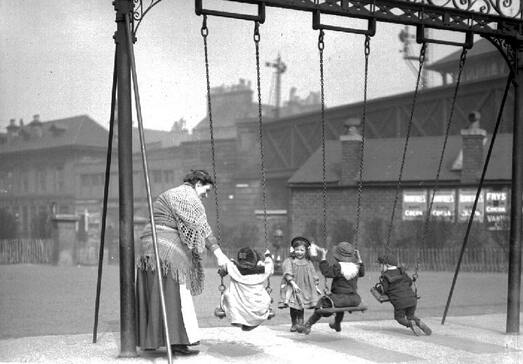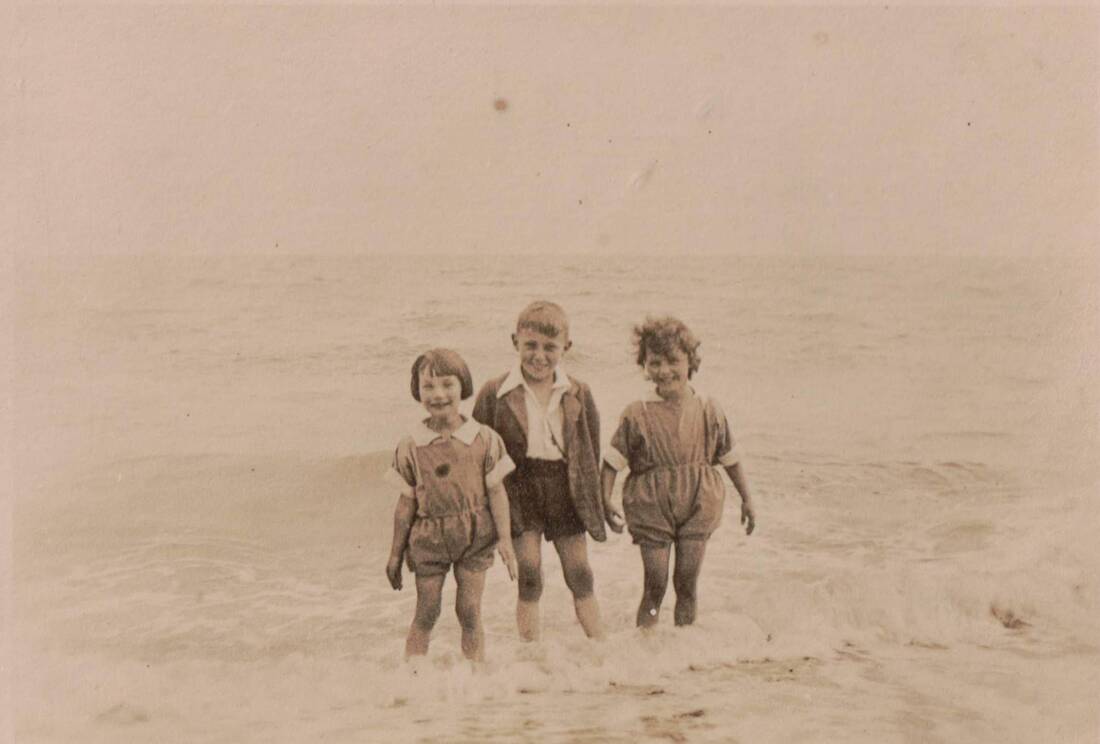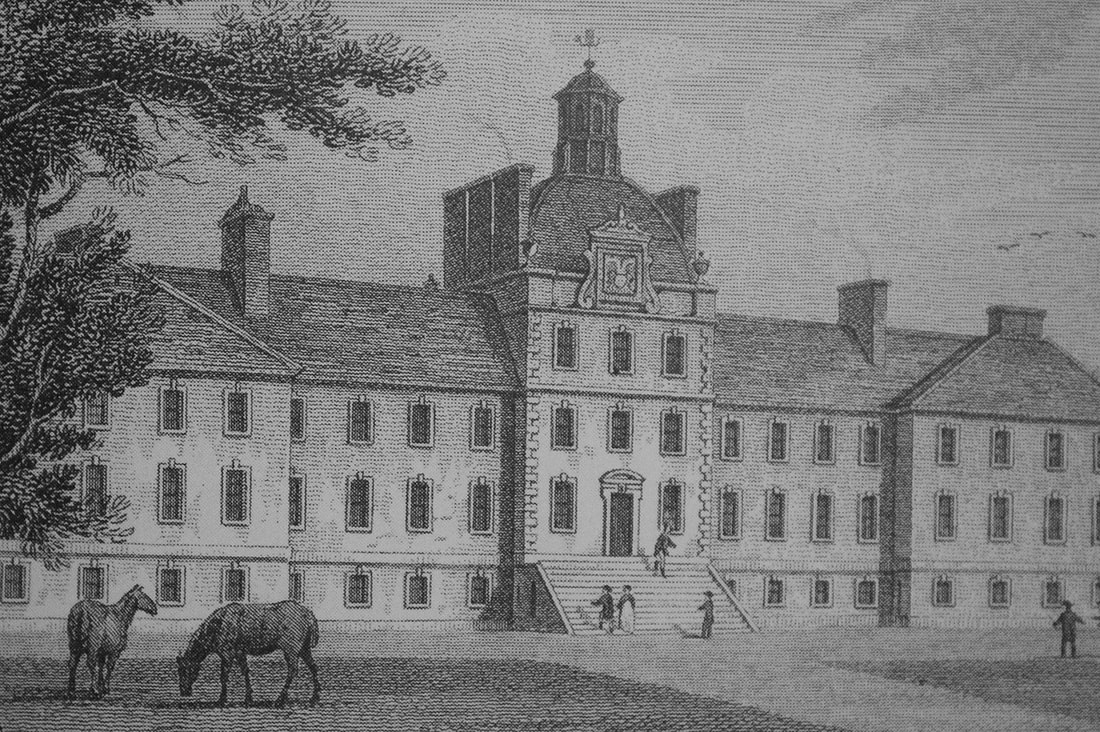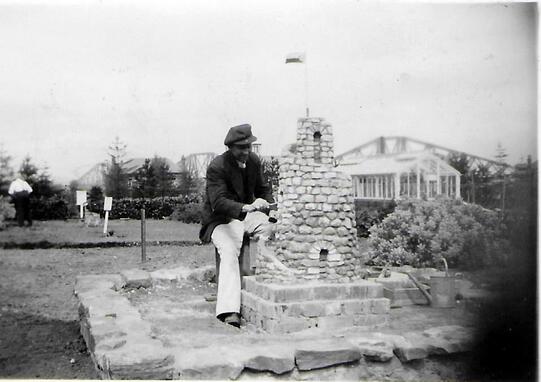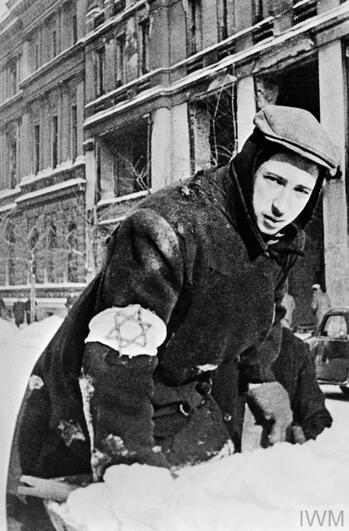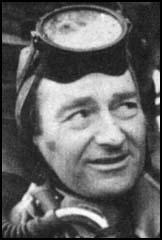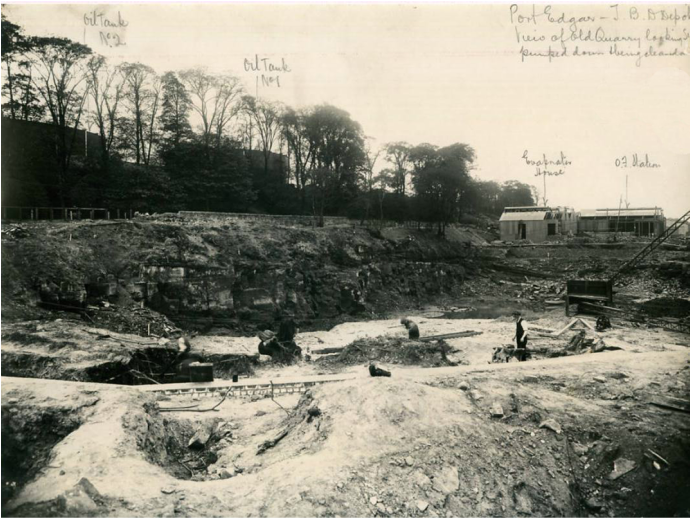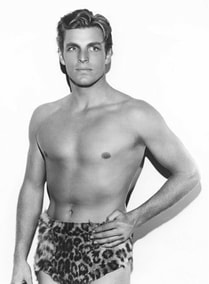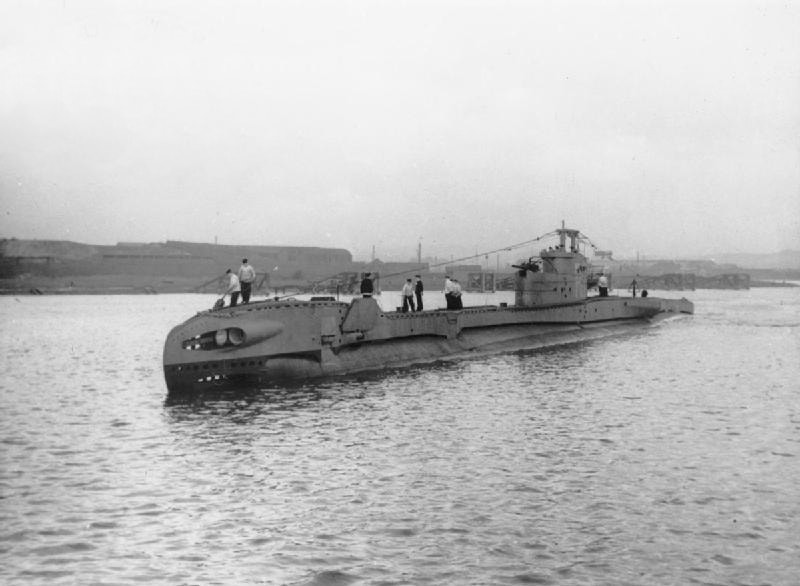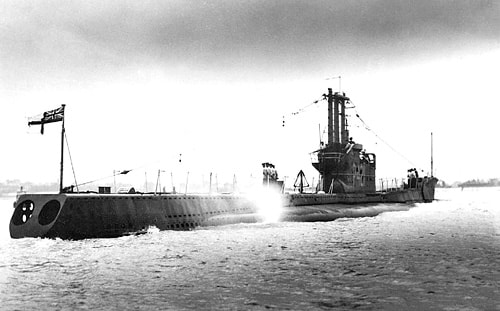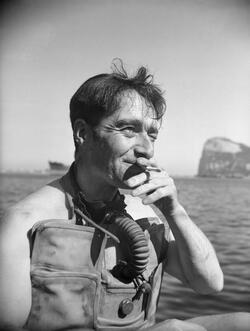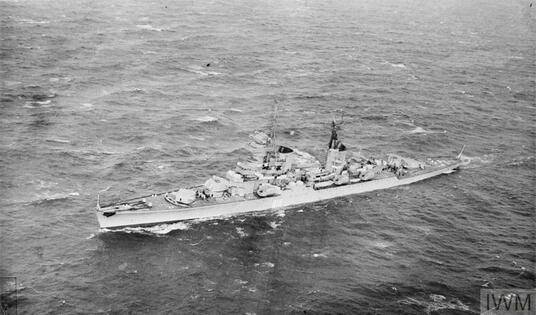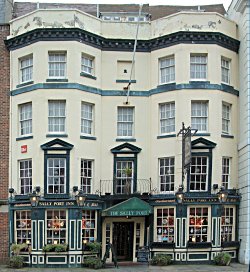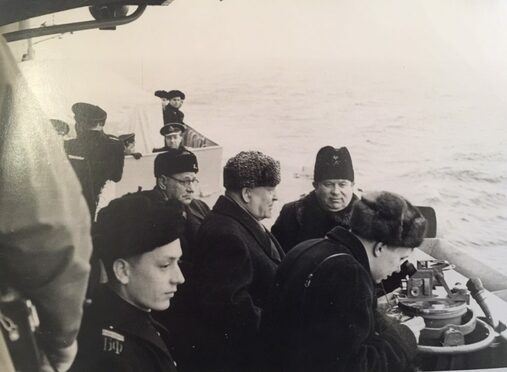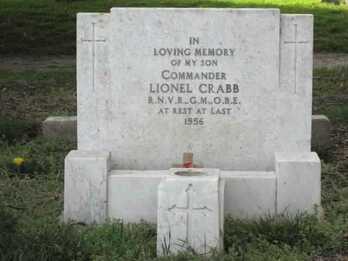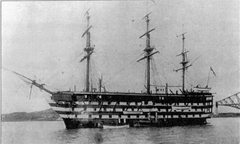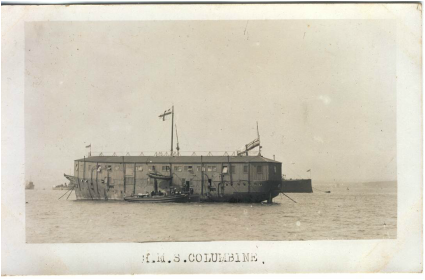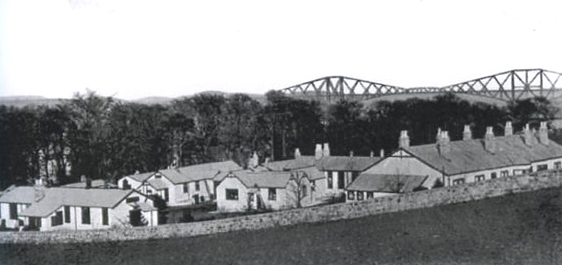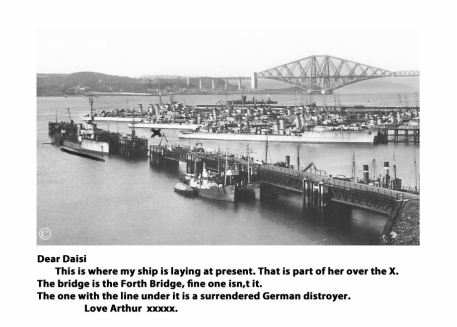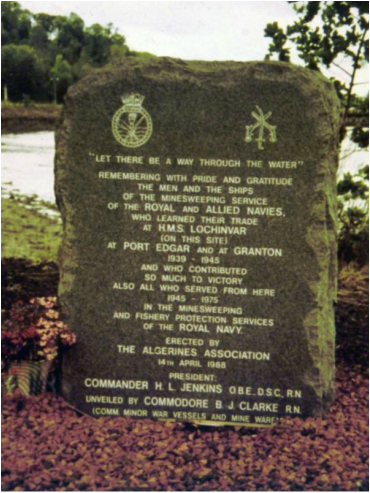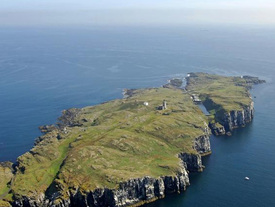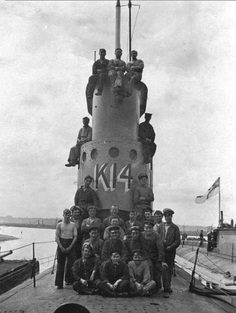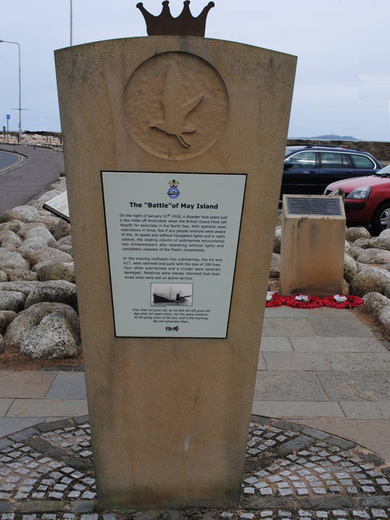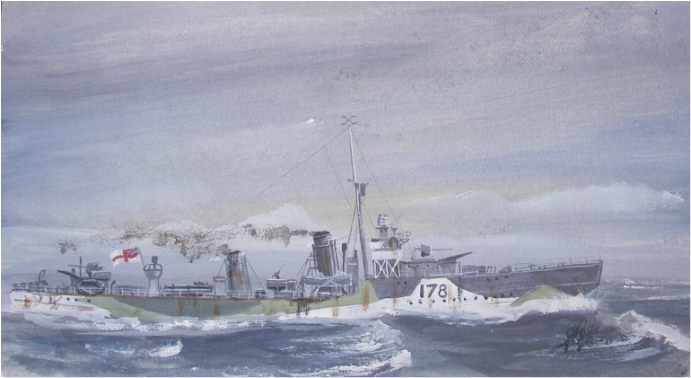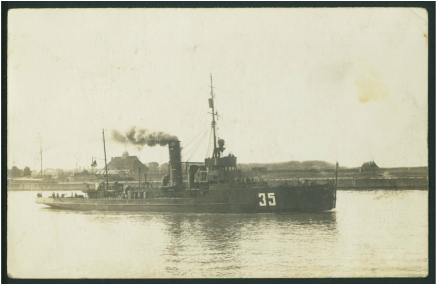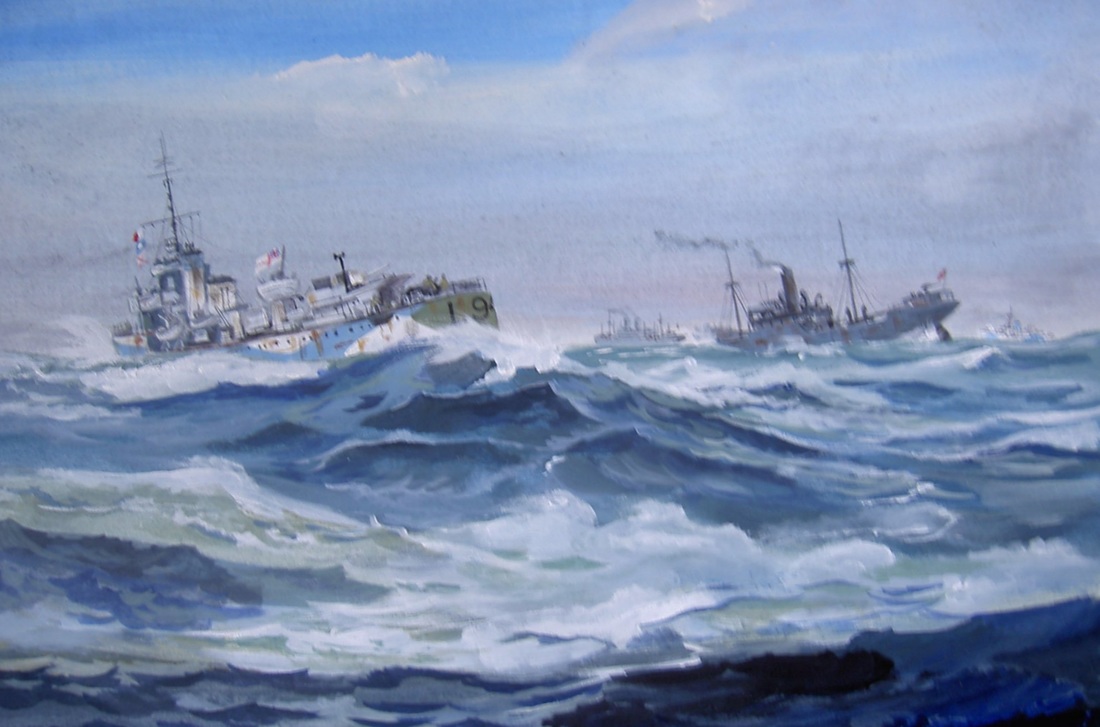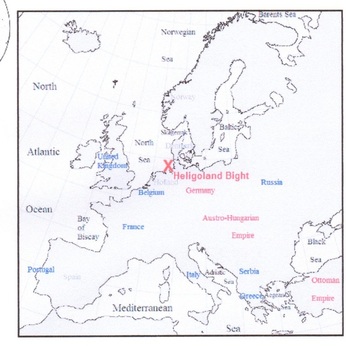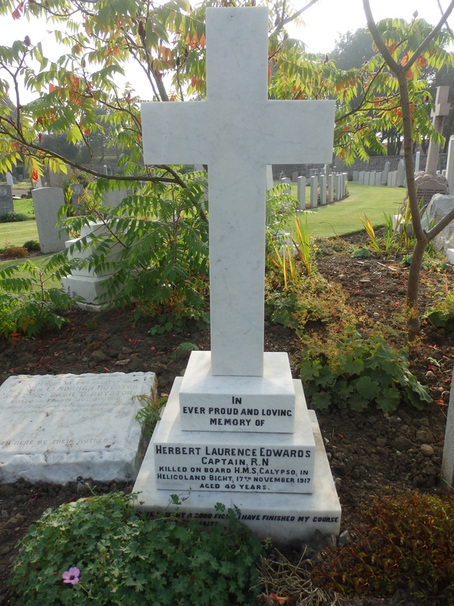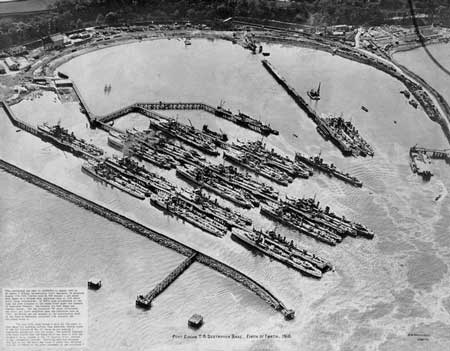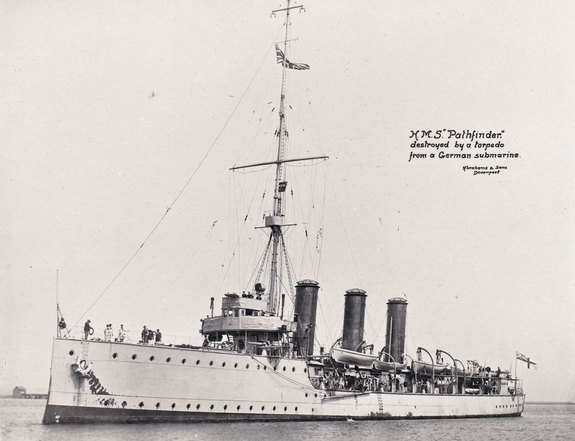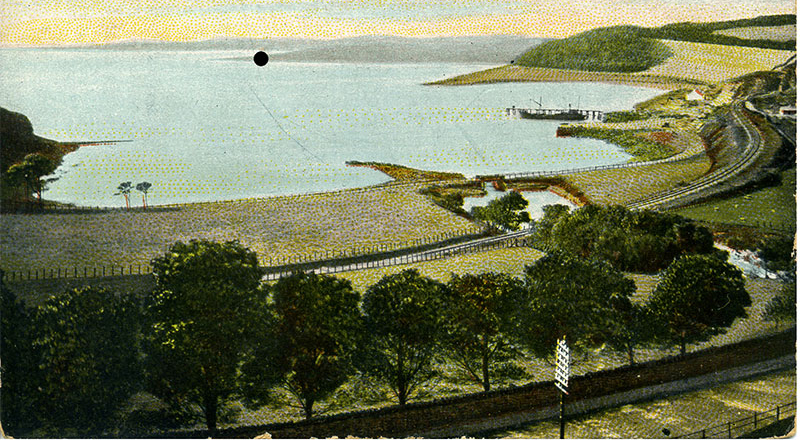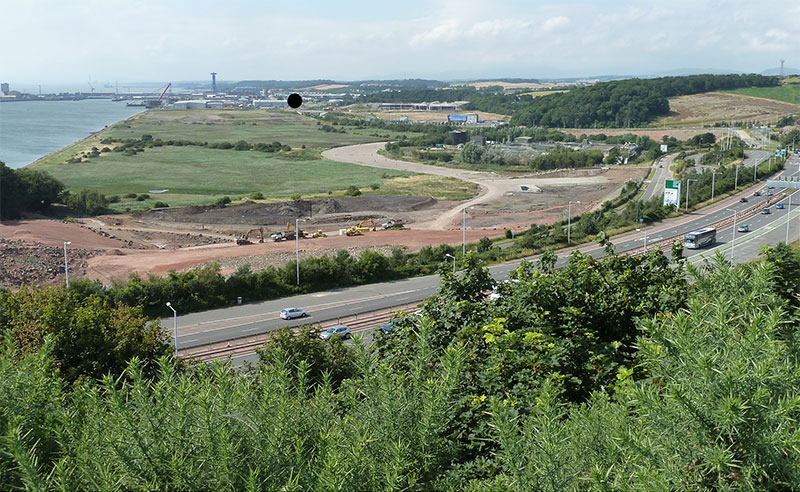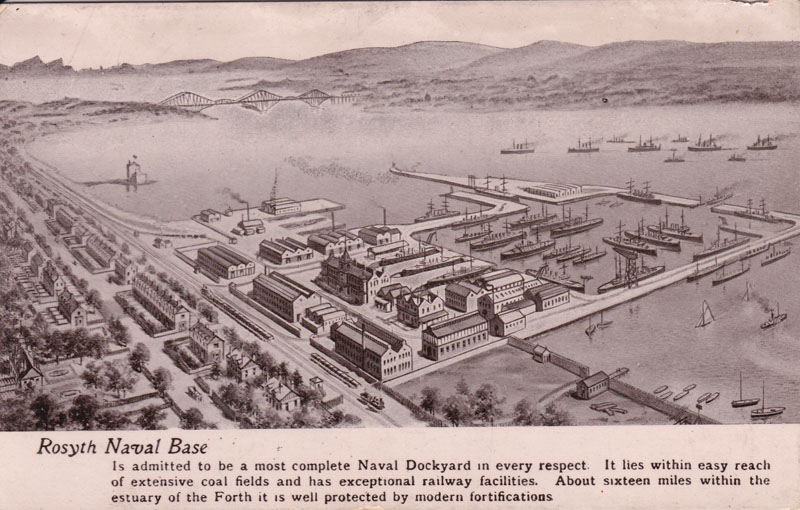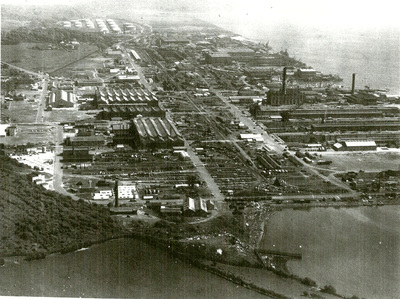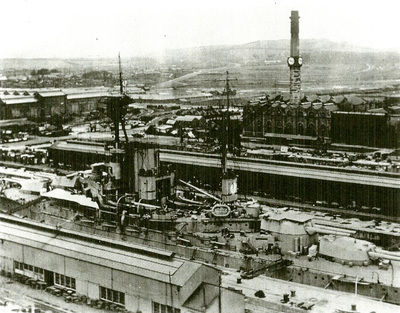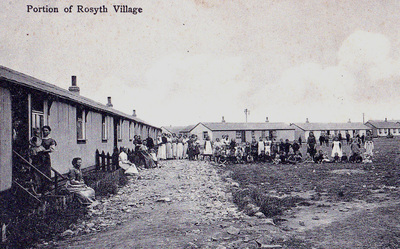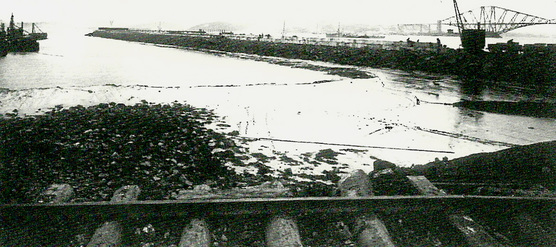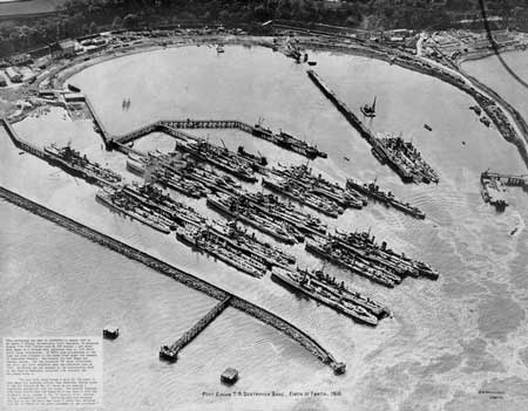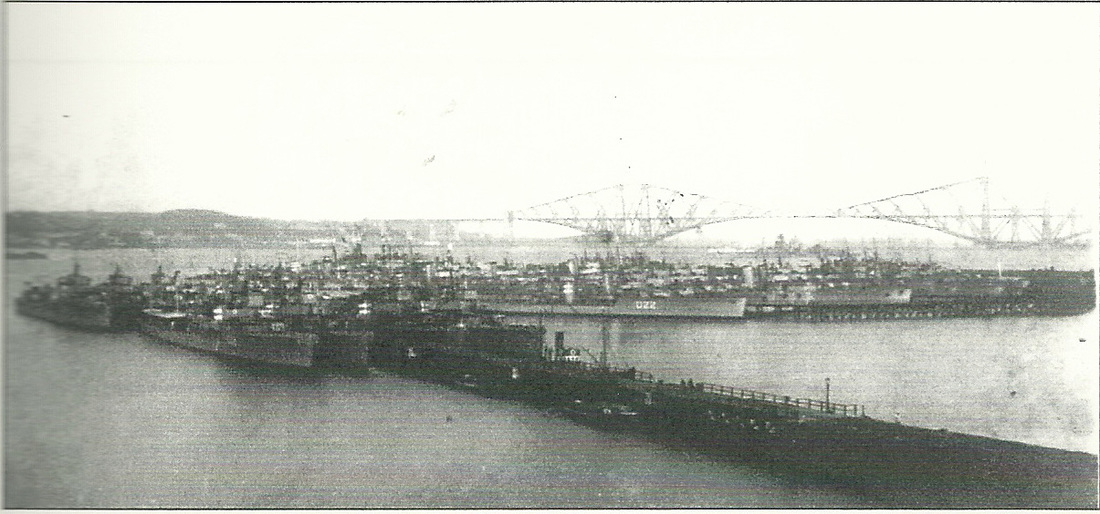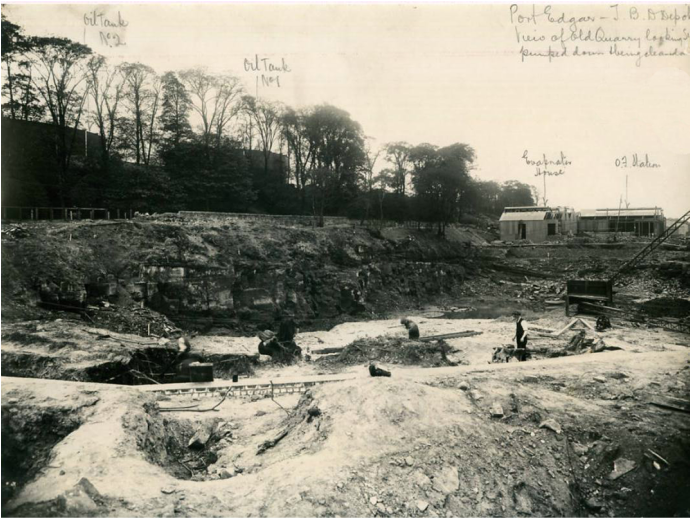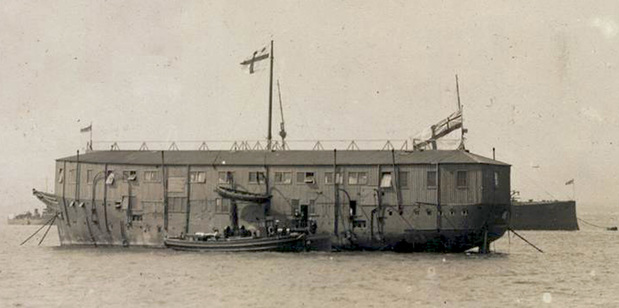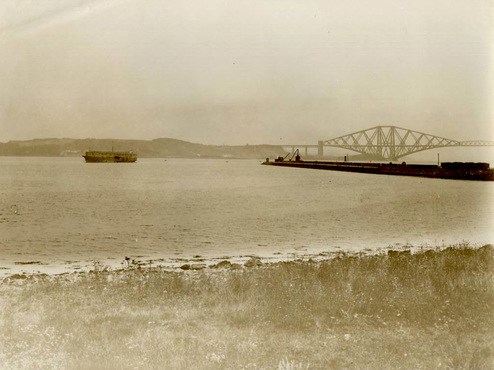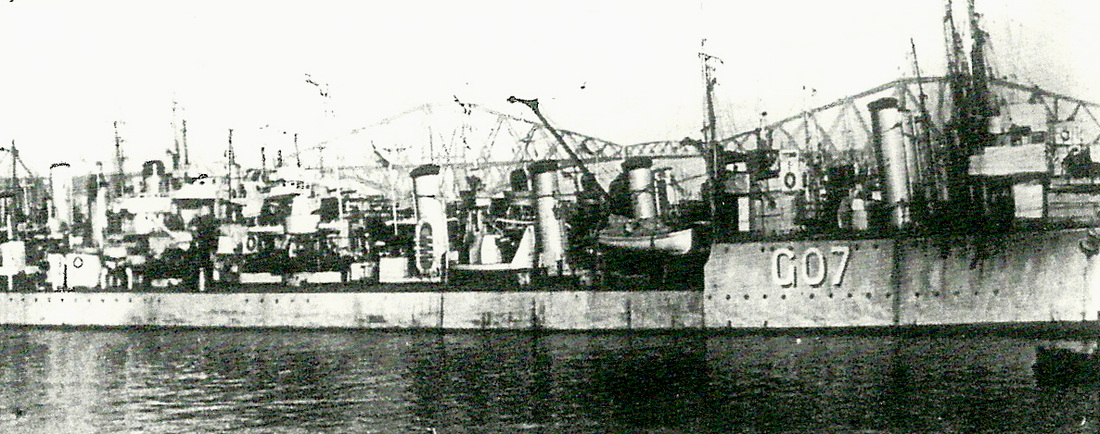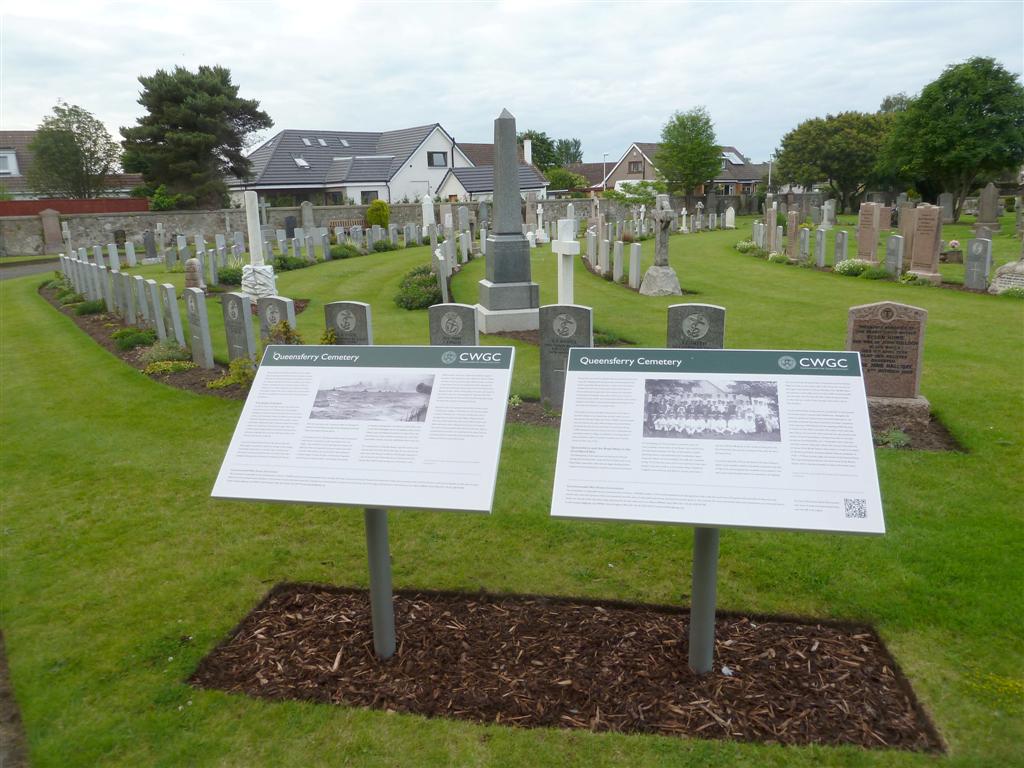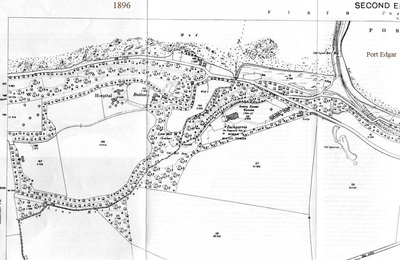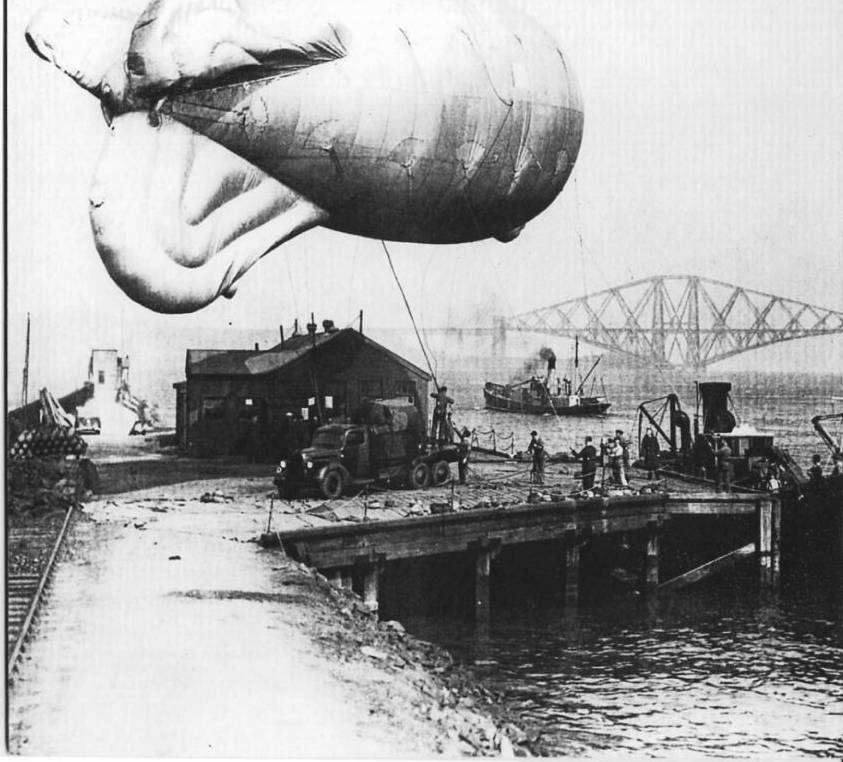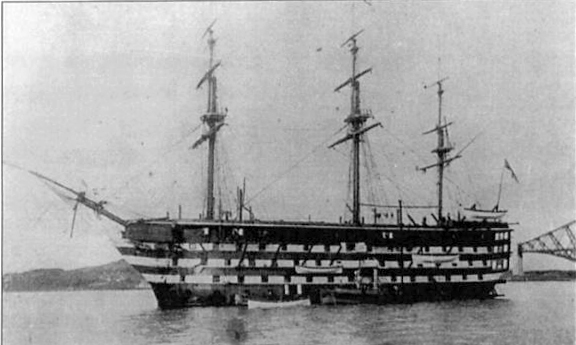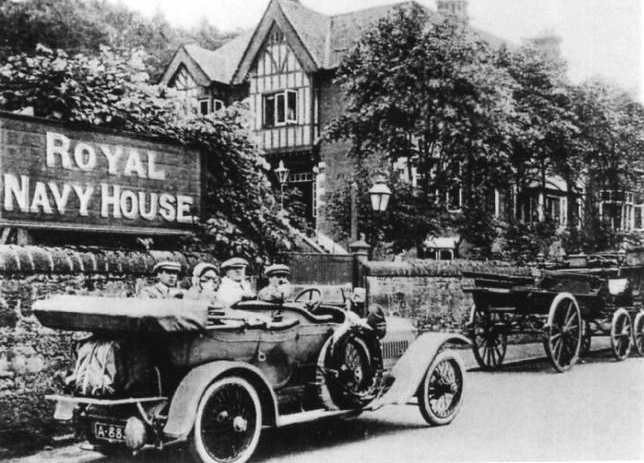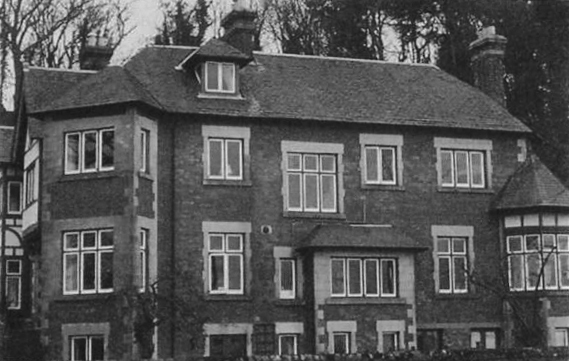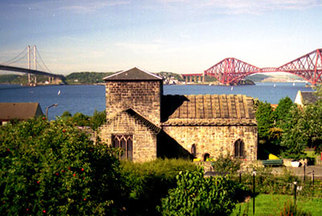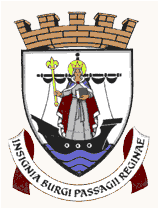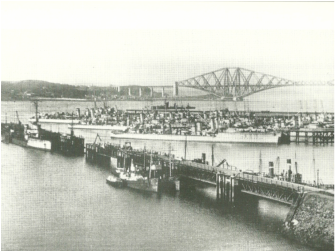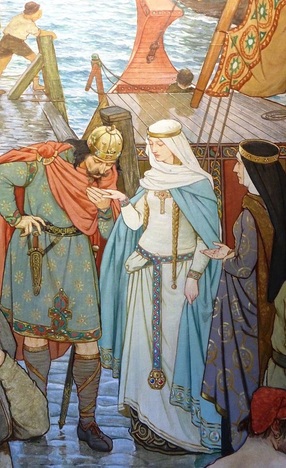Butlaw is known mostly as being the Naval Hospital during the war years, although its beginnings date from 1889. To read more about the history of the beginnings of Butlaw, read our archives here.
It is not common knowledge that Queensferry had a Holiday Camp at Butlaw from 1933 until 1939.
There are many reports in local newspapers in the 1930’s regarding the use of Butlaw between the wars.
There are many reports in local newspapers in the 1930’s regarding the use of Butlaw between the wars.
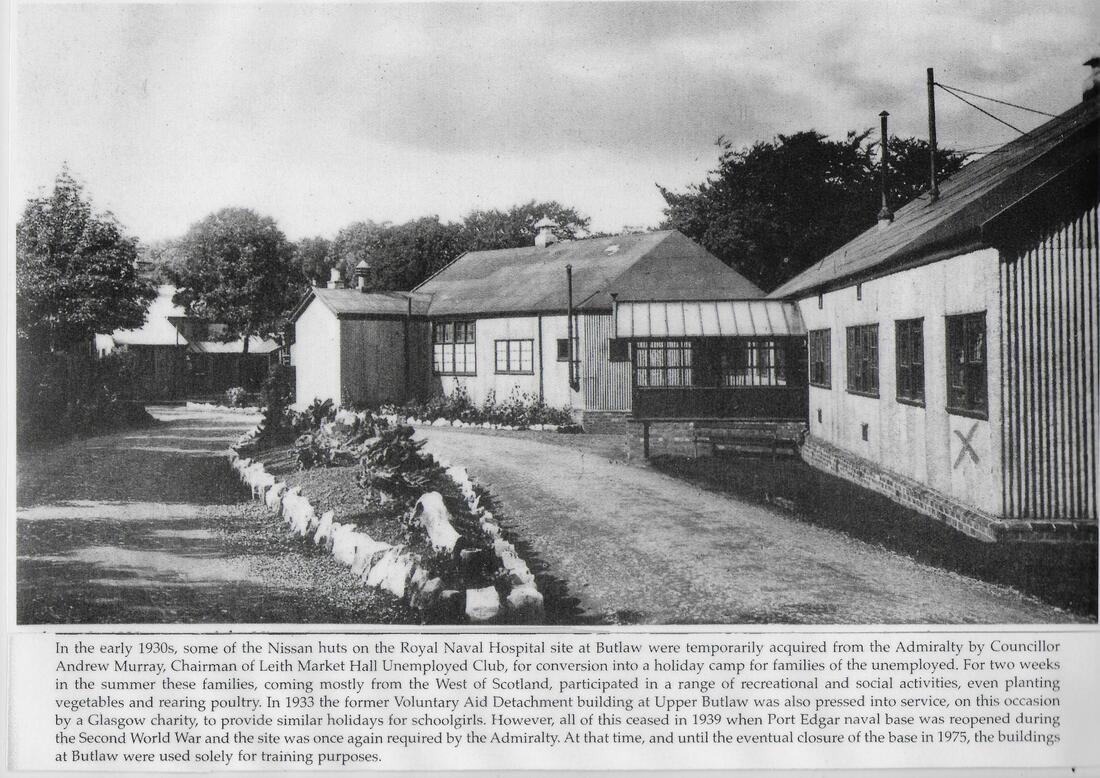
Butlaw Camp. Image: Queensferry History Group. The attached text states - "In the early 1930’s some of the Nissan Huts on the Royal Naval Hospital site at Butlaw were temporarily acquired from the Admiralty by Councillor Andrew Murray, Chairman of Leith Market Hall Unemployed Club, for conversion into a holiday camp for families of the unemployed. For two weeks in the summer, these families, coming mostly from the West of Scotland, participated in a range of recreational and social activities, even planting vegetables and rearing poultry. In 1933 the former Voluntary Aid Detachment building Upper Butlaw was also pressed into service, on this occasion by a Glasgow charity, to provide similar holidays for schoolgirls. However, all of this ceased in 1939 when Post Edgar naval base was reopened during the Second World War and the site was once again required by the Admiralty. At that time and until eventual closure of the base in 1975, the buildings at Butlaw were used solely for training purposes". The following newspaper reports indicate the girls from the Glasgow charity were using the site first.
In June 1933 part of the Naval Hospital at Butlaw was leased for 7 years, by the Necessitous Children’s Holiday Camp Fund. The Glasgow Necessitous Children’s Holiday Camp Fund was set up in the 1920s to give two-week summer breaks, named the “Fresh Air Fortnight”, to those who needed them most.
The scheme, set up by the then Glasgow Corporation, was massively over subscribed. In 1934, records show there were 67,000 children in Glasgow from families too poor to afford a holiday.
July 1933, the West Lothian Courier reported that the first 200 Glasgow schoolgirls had arrived at the V.A.D. (Voluntary Aid Detachment who assisted the nurses) quarters at Butlaw Hospital, where they would spend a fortnights holiday in ideal surroundings. Each fortnight of the holidays would see another 250 girls arrive.
A more detailed report followed in August in the Linlithgowshire Gazette. “Nearly 250 happy little girls, whose ages range from 9 to 14 years are spending a fortnights holiday on the shores of the Firth of Forth at Butlaw Hospital, South Queensferry. They have been taken there by the Necessitous Children’s Holiday Camp Fund which annually provides a holiday in the country for hundreds of working class children whose parents could not otherwise send them for a holiday. This is the first year that the children have been taken to South Queensferry to live during the summer at Butlaw Hospital erected during the war but never occupied and now leased for seven years by the fund with grounds which are used as a camp for young girls. The camp has a staff of 12 women helpers, some of whom are teachers in Glasgow and others typists on holiday all under the charge of Mrs M. B. Smith.”
A further report said “In the health giving fresh air and sunshine, the little waifs from the tall tenements and dreary closes are strengthened mentally and physically for the long winter at school. A special train delivered the children to South Queensferry, many of the girls experiencing the “joy of travel” for the first time.
“No matter how sickly they look when they first come from the torrid city streets, their wan cheeks fill out gradually and become rose with the blooms of health,” the newspaper added.
Their usual “scant” meals of bread, margarine and the “occasional fish supper” were replaced with four full servings a day with plenty fruit and vegetables.It was not unknown for girls to gain six or seven pounds in weight during the fortnight.”
A more detailed report followed in August in the Linlithgowshire Gazette. “Nearly 250 happy little girls, whose ages range from 9 to 14 years are spending a fortnights holiday on the shores of the Firth of Forth at Butlaw Hospital, South Queensferry. They have been taken there by the Necessitous Children’s Holiday Camp Fund which annually provides a holiday in the country for hundreds of working class children whose parents could not otherwise send them for a holiday. This is the first year that the children have been taken to South Queensferry to live during the summer at Butlaw Hospital erected during the war but never occupied and now leased for seven years by the fund with grounds which are used as a camp for young girls. The camp has a staff of 12 women helpers, some of whom are teachers in Glasgow and others typists on holiday all under the charge of Mrs M. B. Smith.”
A further report said “In the health giving fresh air and sunshine, the little waifs from the tall tenements and dreary closes are strengthened mentally and physically for the long winter at school. A special train delivered the children to South Queensferry, many of the girls experiencing the “joy of travel” for the first time.
“No matter how sickly they look when they first come from the torrid city streets, their wan cheeks fill out gradually and become rose with the blooms of health,” the newspaper added.
Their usual “scant” meals of bread, margarine and the “occasional fish supper” were replaced with four full servings a day with plenty fruit and vegetables.It was not unknown for girls to gain six or seven pounds in weight during the fortnight.”
Also in September 1933, a 7 year lease of the Admiralty building and huts at Butlaw, which provided accommodation for 400 or 500, was granted to the Leith Market Hall Social Centre for Unemployed Lads, between the ages of 16 and 21. This would provide a period of holiday for each of the lads. It was hoped that while they were in residence they would be as self supporting as possible, growing their own vegetables, rearing poultry and carrying out maintenance work. It was confidently expected that the scheme would be of distinct advantage and uplift to all who were privileged to come into contact with it. For the lad’s benefit and amusement during the winter months, a radio and a billiard table were provided. Captain Evans was in charge as clubmaster.
In April 1935 the Gazette then reported that “the Youth Hostels Movement opened a new building at Butlaw, a corrugated iron building which they redecorated, and provides a fine commodious hostel for 30 members. The new hostel stands in a fine situation amongst the other buildings of the Butlaw Camp for juvenile organizations”.
In June 1936, the Gazette reported that “Butlaw Camp, South Queensferry, a Summer holiday centre for unemployed people and members of youth movements, was embarking on what promises to be its busiest season. Over 1100 people were accommodated there during the past week-end. This party was made up of unemployed men from one of the special areas and their dependants, hikers, schoolboys, cycling clubs and picnic parties. The camp, which was opened for the season, in May has had no fewer than 500 residents at any time since and the bookings show this will be comfortably maintained until the season closes in September.
A paddling pool, mountain slide, see-saw and other amusements provide ample enjoyment for the children. The juveniles hold a farewell party each week before returning home. A concert party from Edinburgh gives an entertainment in the spacious hall every Tuesday evening. On Wednesdays and Fridays the adult members hold dances when the children have retired for the night.
In June 1936, the Gazette reported that “Butlaw Camp, South Queensferry, a Summer holiday centre for unemployed people and members of youth movements, was embarking on what promises to be its busiest season. Over 1100 people were accommodated there during the past week-end. This party was made up of unemployed men from one of the special areas and their dependants, hikers, schoolboys, cycling clubs and picnic parties. The camp, which was opened for the season, in May has had no fewer than 500 residents at any time since and the bookings show this will be comfortably maintained until the season closes in September.
A paddling pool, mountain slide, see-saw and other amusements provide ample enjoyment for the children. The juveniles hold a farewell party each week before returning home. A concert party from Edinburgh gives an entertainment in the spacious hall every Tuesday evening. On Wednesdays and Fridays the adult members hold dances when the children have retired for the night.
Boys from the various Edinburgh Schools were generally to be found at Butlaw. The Watsonians held a leading place in this respect. Daniel Stewarts College, Holy Cross Academy and St Anthony’s School, Leith also send large quotas.”
In April 1939, although World War II had not yet begun, the groundwork for the Holocaust was already being laid in Germany, where Jewish people faced harassment, discrimination and political persecution.
the Evening News reported that "66 Jewish Czechoslovakian refugees had arrived at the spacious Holiday Camp at Butlaw and were expected to be there for several months". They integrated well and friendships were built with the local community who helped where needed, entertained and even issued invites to tea. A few of them, who went on to Canada, kept in touch with the families who befriended them in Queensferry.
Also in April, a total of 21 children, aged up to 17 years, came to Queensferry from Czechoslovakia, on route to Canada, perhaps via the "Scottish Children’s Council for Refugees", Edinburgh. The children were given accommodation at Butlaw and they enrolled into Queensferry School. As an expression of their gratitude, and with the help of local refugees, one named Mr Wurzl, (who was befriended by a local family), the children built a model of the outlook tower at Schonfeld near Carlsbad, Czechoslovakia, in the school garden. It is believed it may have been destroyed when Queensferry Primary School was built on the grounds. Its whereabouts today are unknown.
Altogether some 60,000 Jewish refugees arrived in Britain seeking asylum, with around 50,000 settling permanently and the remainder subsequently relocating to North America, Australia or the newly formed state of Israel. They were rescued from certain death in the holocaust and given shelter at farms, camps, hostels and in private homes in Britain.
In April 1939, although World War II had not yet begun, the groundwork for the Holocaust was already being laid in Germany, where Jewish people faced harassment, discrimination and political persecution.
the Evening News reported that "66 Jewish Czechoslovakian refugees had arrived at the spacious Holiday Camp at Butlaw and were expected to be there for several months". They integrated well and friendships were built with the local community who helped where needed, entertained and even issued invites to tea. A few of them, who went on to Canada, kept in touch with the families who befriended them in Queensferry.
Also in April, a total of 21 children, aged up to 17 years, came to Queensferry from Czechoslovakia, on route to Canada, perhaps via the "Scottish Children’s Council for Refugees", Edinburgh. The children were given accommodation at Butlaw and they enrolled into Queensferry School. As an expression of their gratitude, and with the help of local refugees, one named Mr Wurzl, (who was befriended by a local family), the children built a model of the outlook tower at Schonfeld near Carlsbad, Czechoslovakia, in the school garden. It is believed it may have been destroyed when Queensferry Primary School was built on the grounds. Its whereabouts today are unknown.
Altogether some 60,000 Jewish refugees arrived in Britain seeking asylum, with around 50,000 settling permanently and the remainder subsequently relocating to North America, Australia or the newly formed state of Israel. They were rescued from certain death in the holocaust and given shelter at farms, camps, hostels and in private homes in Britain.
In May 1939 The Evening News reported “Butlaw Camp at South Queensferry has again resumed its full programme as a holiday resort for unemployed men and their dependants. During the past few days 100 families consisting of 560 persons had move in and arrangements have been made to accommodate this number weekly until September. As a result of extensive alterations commenced last season, each of the 100 families has its own complete house consisting of living room, and bedroom cubicles Every household convenience such as running water and utensils for table use is provided. The beds are equipped with spring mattresses white slips, sheets and blankets. Four meals are provided each day. Each family is charged 15 s per week.”
This was to be short-lived.
In June 1939 The Evening News reported that the Admiralty , who retained ownership of the area, had urgent needs and the camp was told to evacuate. Under the terms by which the ground and existing huts and other buildings were leased, the Admiralty reserved the rights to resume occupancy at any time of emergency.
This shattered the holiday hopes of hundreds of families in Edinburgh and elsewhere in Scotland . During the period of 7 years Butlaw Holiday Camp had provided cheap holidays for 70,000 men women and children.
“At a time when the nation was disarming facilities, thoughts of national emergency were far from the public mind as arrangements were made for the development of the holiday camp scheme, and the dismantling of the camp and all it stood for, is one of the minor tragedies of the current international situation. But for the needs of the Admiralty about 10,000 unemployed men and their wives and children would have enjoyed holidays at the camp during the present summer season. Another, more unfortunate result of the evacuation, is the discharge of about 60 workers including cooks, gardeners, engineers, and chauffeurs who obtained summer employment at the camp.”
Suitable premises were sought, for a transfer but there were none available.
Arrangements had been made for 69,000 persons attending the camp that season and all of them had to be put off.
One of the men at Butlaw said “you have Hitler to thank for this!”
This shattered the holiday hopes of hundreds of families in Edinburgh and elsewhere in Scotland . During the period of 7 years Butlaw Holiday Camp had provided cheap holidays for 70,000 men women and children.
“At a time when the nation was disarming facilities, thoughts of national emergency were far from the public mind as arrangements were made for the development of the holiday camp scheme, and the dismantling of the camp and all it stood for, is one of the minor tragedies of the current international situation. But for the needs of the Admiralty about 10,000 unemployed men and their wives and children would have enjoyed holidays at the camp during the present summer season. Another, more unfortunate result of the evacuation, is the discharge of about 60 workers including cooks, gardeners, engineers, and chauffeurs who obtained summer employment at the camp.”
Suitable premises were sought, for a transfer but there were none available.
Arrangements had been made for 69,000 persons attending the camp that season and all of them had to be put off.
One of the men at Butlaw said “you have Hitler to thank for this!”
FOOTNOTE
In February 1937, the Admiralty had announced they had no intention of re-opening Port Edgar as a Naval Base. Several men had been employed there to carry on maintenance work so that if the Admiralty authorities ever needed the base, they would find it in good condition however this announcement seemed to indicate that the base would be allowed to become derelict.
In 1938 – it was announced that work was commencing on the ex destroyer barracks, at the West end of Port Edgar to convert them into a hospital.
In June 1939 the Evening News reported that “Port Edgar has been transformed from rust and decay into a hospital for the home fleet equipped as well as any modern hospital. To the west of the hospital proper, is a large well appointed building in which are situated staff quarters.”
Then in July 1939, the Evening News reported –“It was known that the Admiralty had decided to make use of the base, one of the consequences was the closing of the Butlaw Holiday Camp for the unemployed. But the actual purpose was only revealed yesterday. The Forth is to be the training ground for 1,000 men from the fishing fleets each year for the trawler section of the mine sweeping and patrol service. The patrol, this being based on Port Edgar, is an important one.”
Port Edgar is now a thriving Marina and Water Sports Centre and all that remains of Butlaw is a low wall.
© Queensferry History Group 2020
